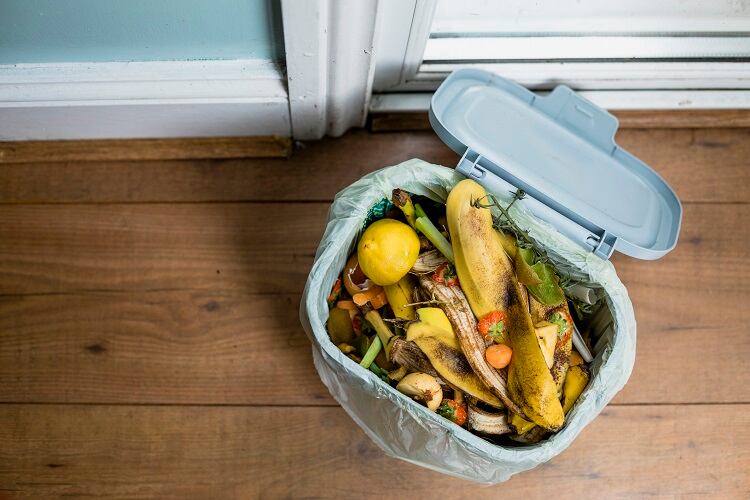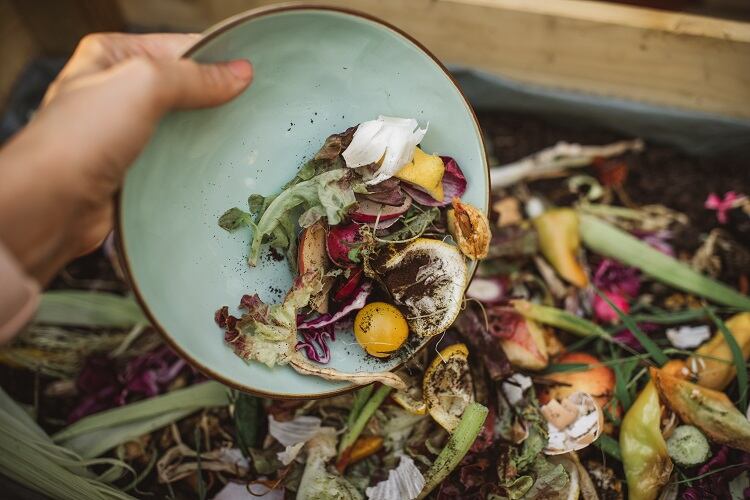Eating fruit and vegetables is widely known to have strong health benefits, and has even been linked to the extension of human life. But how can consumers be ‘nudged’ to consume more of them?
A study in the journal Food Quality and Preference looked at 39 nudge interventions (see boxout) between the years 2008 and 2022 and graded them according to effectiveness. These studies were graded as either ‘weak,’ ‘moderate,’ or ‘strong’ on eight dimensions: selecting bias, study design, confounders, blinding, data collection methods, withdrawals and drop-outs, intervention integrity and analyses.
Nudge interventions
Nudge theory is the idea that shaping the environment, and changing the ‘choice architecture’ available to consumers, can influence their behaviour. Nudge interventions can be used to influence consumers to make healthier or more sustainable decisions.
Nudge interventions in the past have included increasing font sizes on menus to influence consumers to buy low-calorie meals and placing a gold star saying 'most popular' next to the veggie option to promote sustainable eating.
The studies differed in the form of nudging they used, with some changing the availability or position of fruit and vegetable products in the area of purchase; some studies tried to change the presentation through packaging and advertising of fruit and vegetable products, and provide more information to consumers; some studies focused on portion and cutlery sizes, and some focused on making the functionality of both packaging and environment towards being more conducive to the accessibility of fruit and veggies. Interventions targeted towards children, adolescents and adults were all assessed.
Which nudge interventions were most effective?
Assessing the effectiveness of the different types of interventions, the study found that the most effective were those focusing on the position of products, followed by the availability of information, then products’ presentation, availability and functionality, with the least effective being changing portion and cutlery size. However, when adjusted for how many ‘assessment moments’ there were in each intervention, the most successful was improving availability.
Interventions for adults were also found to be the most effective, followed by those for children, with interventions for adolescents being the least effective.
Examples of nudge interventions from the study
Some examples of nudge interventions assessed in the study include:
- Removing competitive foods from high-school cafeterias
- Food samples of fruit and vegetables where given to consumers in high-school cafeterias and supermarkets
- Serving fruit and vegetables first in the lunch-line
- Using cartoons and creative sayings to make packaging more appealing
- ‘100 reasons to eat fruit and veg’ displayed in the dining hall of a university campus residence
- Information claiming that most high school students think people should eat enough fruit (which is using ‘injunctive norms’)
Time also had a significant impact on effectiveness. For example, interventions that lasted one week were the most successful, whereas interventions that lasted a year or more were the least effective.
The use of symbols was shown to be an effective communication method in presenting the healthiness of fruit and vegetables to consumers.
Finally, the combination of different forms of nudges can be effective, although one needs to understand the reaction between them before their implementation.
What messages were effective?
Methods were not the only indicators of success. The content, or message, of a nudge intervention could often mean the difference between effective and ineffective.
For example, nudge interventions involving health claims were quite successful across a number of studies, although when this information was provided close to the ‘moment of decision’ (i.e. when the consumer chose to buy the product) this effectiveness was diminished.
Furthermore, using social norms to influence consumers was shown to be effective. Social norms are often a strong indicator of consumer behaviour.
Sourced From: Food Quality and Preference
'Effectiveness of nudge interventions to promote fruit and vegetables’ selection, purchase, or consumption: A systematic review'
Published on: 26 January 2024
Doi: https://doi.org/10.1016/j.foodqual.2024.105122
Authors: C. Almeida, J. Azevedo, A. Fogel, E. Lopes, C. Vale, P. Padrão




